Deep-sea creatures are some of the most enigmatic beings on our planet. One such fish, often highlighted by Russian scientist Roman Fedortsov, comes from depths of 300 to 1,000 meters and is notable for giving birth to free-swimming young after internal fertilization, unlike most fish that lay eggs.
According to a report by the British Daily Mail on May 1, Roman has become an Internet celebrity through his Twitter posts featuring various deep-sea organisms. Hailing from a fishing family in Murmansk, Russia, where his father and grandfather were fishermen, Roman is now a marine zoologist. He frequently participates in lengthy sea expeditions, exploring the mysteries of deep-sea life.
As he traveled the world, Roman began sharing images of the strange deep-sea creatures he encountered. Unexpectedly, the unusual appearances of these fish drew significant attention on social media.
Roman noted, “Many netizens saw these pictures and thought that we would catch many such ‘weird fish’ every time we cast the net, but in fact, this is a very rare occurrence.” He added, “I believe that all fish have their own beauty and ugliness. I don’t want to label these fish as particularly ugly or weird.”
The deep-sea fish Roman showcases often appear in black or red, as these colors are optimal for camouflage in their dark environments. Most of these species inhabit the so-called "twilight zone" or "mesopelagic zone," which lies between 200 and 1,000 meters below the surface, receiving very little light throughout the year. Below this zone, in the semi-deep sea, there is no light at all.
Scabbard Fish (Scientific Name: Black Isofin Forktail Hairtail)
Depth Range: 180 to 1,700 meters
Characteristics: Its copper-black skin allows it to conceal itself while hunting small fish.
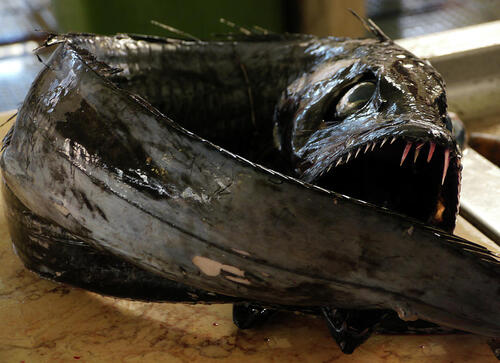
Pacific Wolffish
Characteristics: Boasts powerful jaws and four to six long, sharp fangs, preying on shellfish, small fish, and echinoderms.
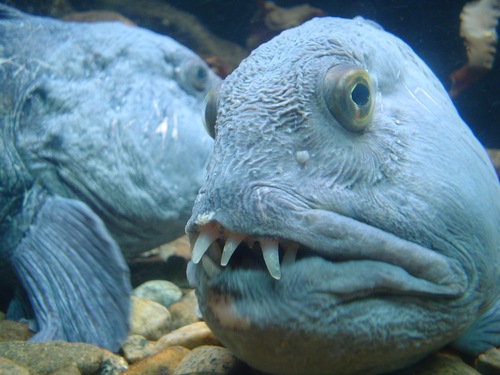
Sea Spider
Habitat: Common in the Mediterranean and Caribbean Seas.
Characteristics: This deep-sea arthropod has long legs about the size of a hand and uses its sharp mouth to suck tissue from small mollusks.
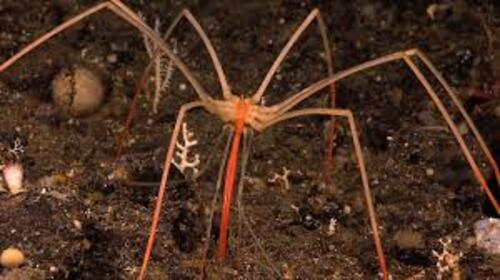
Red Lantern Loose Jaw Dragonfish (Commonly known as Mousetrap Fish)
Depth Range: Below 500 meters
Characteristics: Uses three light organs near its nostrils to attract small fish and quickly clamps down on them, swallowing them with the help of rows of teeth in its esophagus.
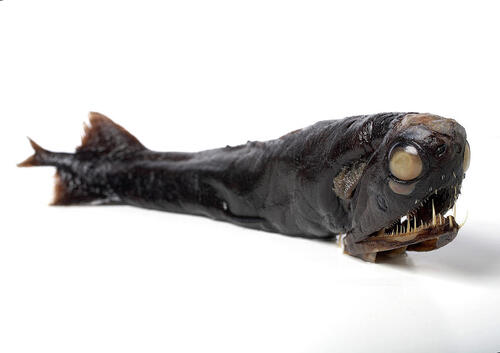
Grenade Fish (Rat Tail Fish)
Depth Range: 600 to 900 meters
Characteristics: One of the most common deep-sea fish, feeding on small invertebrates like shrimp and nematodes.
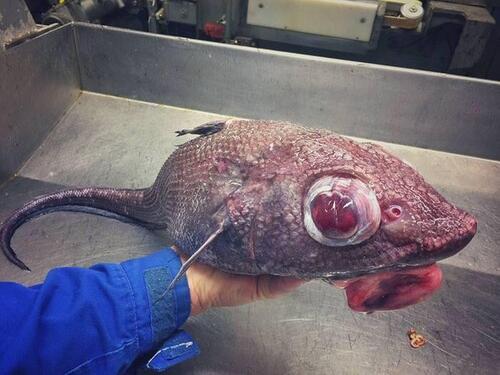
Frilled Shark
Depth Range: 1,600 meters
Characteristics: Known as a "living fossil," it attacks prey with its long, flexible body and prevents escape with rows of needle-like teeth.
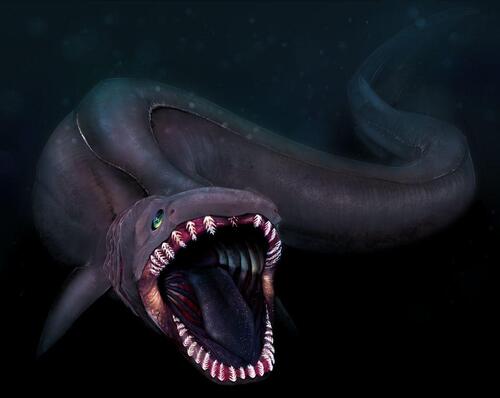
Spinyback Ray
Habitat: Common in Europe and the Pacific Ocean.
Characteristics: Feeds on shrimp, crabs, and small fish.

Fangfish
Depth Range: Up to 5,000 meters
Characteristics: Utilizes starlight at night to ascend to depths of 200 to 2,000 meters in search of prey.
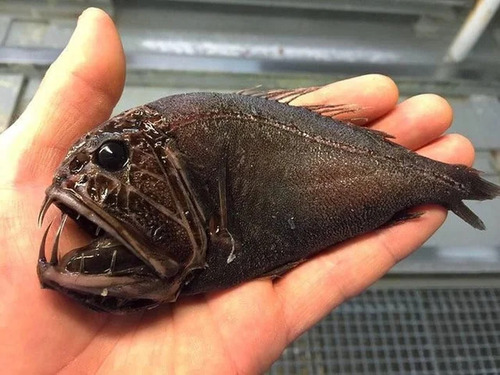
Basking Shark
Depth Range: 910 meters
Characteristics: The second-largest fish after the killer whale, filtering more than 1,800 tons of seawater per hour to consume small fish and shrimp.

Monkfish
Depth Range: 800 to 1,000 meters
Characteristics: Has an extremely elastic stomach that allows it to swallow prey as large as itself.
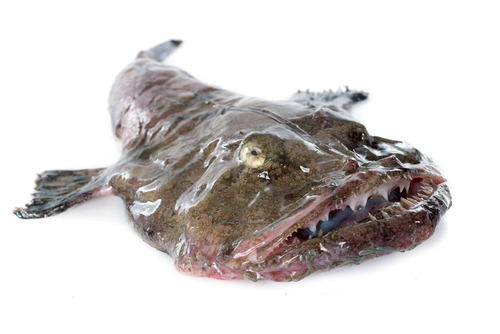
Rabbit Fish
Depth Range: 40 to 1,660 meters
Characteristics: Possesses venomous spines that can cause severe pain, typically hunting invertebrates in small groups.
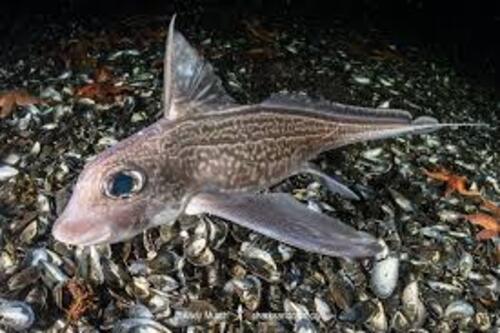
Remora Fish
Characteristics: Features a suction-cup-like organ that enables it to attach to larger deep-sea animals like sharks and turtles.
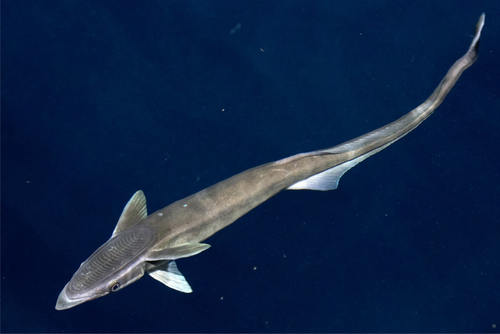
Through his captivating images, Roman Fedortsov not only showcases the unique appearances of these deep-sea fish but also enhances our understanding of the deep-sea ecosystem. The diversity and adaptability of these marine organisms are truly astonishing, warranting exploration and protection.
animal tags: Fish
We created this article in conjunction with AI technology, then made sure it was fact-checked and edited by a Animals Top editor.